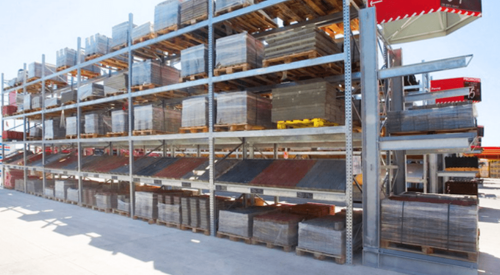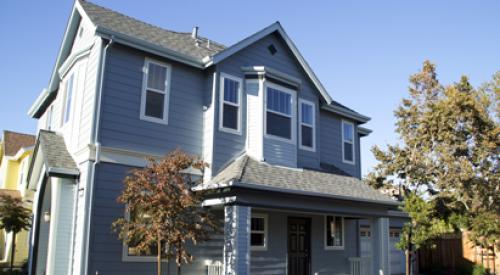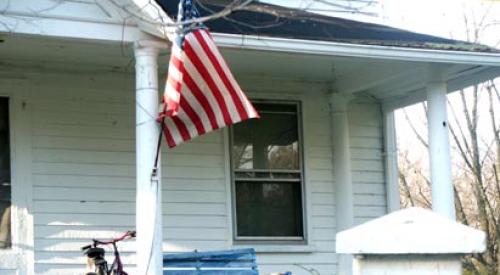|
||||||||||||||||||||||||||||||||||||||||||||||||||||||||||||||||||||||||||||||||||||||||||||
July 2000 total housing starts were at a seasonally-adjusted annualized level of 1.512 million units, down 3.3% from the June total and 11.3% lower than during July of 1999.
Single-family homes were started at a 1.197 million annualized rate during July 2000, 16.9% below the peak level recorded during the final month of last year. This was 2.0% lower than a month earlier, and 11.2% below the level of single-family market activity registered during July 1999. Starts in multifamily buildings came in at an annualized rate of 315,000 units during this July, down a sharp 7.1% from the 339,000 average-annualized-level registered during the second quarter of this year. The July 2000 pace of new construction in the multifamily sector was 11.5% lower than during the same month a year earlier.
Total starts through the first seven months of 2000 were estimated at 955,100 units -- a moderate 2.5% drop from the total for January -- July 1999. Through July 2000, single-family starts had faded to a level 4.4% below the total for the first seven months of last year, but the number of units started in multifamily buildings was still up a surprising 5.8% from the 7-month total of a year earlier.
The over-the-month decline wasn''t widespread, however. Regionally, three of the four regions of the country actually recorded increases in their annualized housing starts pace between June and July of 2000. The starts pace in the Midwest rose 9.6%, in the West the over-month gain was 8.3%, and in the Northeast the July pace advanced a slight 0.7%. However, these increases were overwhelmed by a 14.3% plunge in the pace of new home construction in the South -- although this followed solid gains in the region during both May and June.
Through the first 7 months of 2000, three of the four regions of the country recorded slightly fewer housing starts than through July of 1999. The Midwest recorded an equal number of 197,000 housing units started through July of both this year and last year. However, Northeast starts for January -- July, 5.9% fewer in 2000 than during 1999, while the West and South were off 2.8% and 2.7%, respectively.
Building permit trends signal even more clearly than housing starts the market''s loss of momentum -- and the likelihood that weakness will persist through the second half of this year, at least. The total number of permits issued for new home construction during July 2000 was 2.0% less than the month before, and 10.5% lower than the total for July 1999. Through the first seven months of this year, 4.3% fewer permits were issued than during January -- July 1999.
Home sales figures -- which cover only the single-family side of the market -- weakened considerably over the first half of this year. The estimated number of new homes sold during the second quarter of this year was 7.7% less than during April -- June 1999, while sales of existing homes declined 4.2% over the same period of time. This isn''t surprising given the fact that mortgage interest rates are still considerably higher now than they were at this time last year. The average rate for a 30-year fixed-rate mortgage during July 1999 was 7.63%; by July of this year, fixed-rate mortgages were carrying an average interest charge of 8.15% -- although the average has eased to a point well below the recent peak of 8.52% registered during May.
|
||||||||||||||||||||||||||||||||||||||||||||||||||||||||||||||










